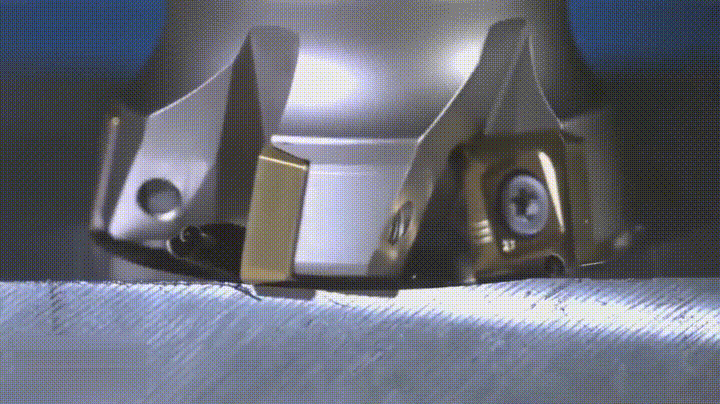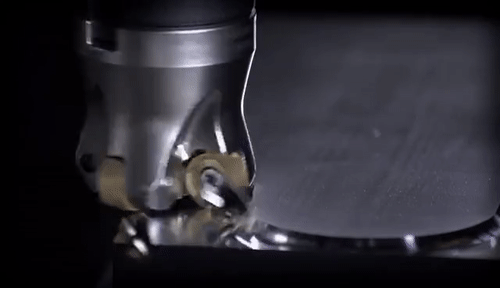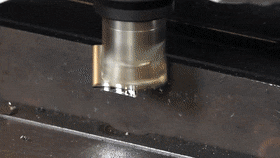Computer-aided manufacturing (CAM) also known as Computer-aided Modeling or Computer-aided Machining is the use of software to control numerical control (NC) computer software applications to create detailed instructions (G-code) that drive computer numerical control (CNC) machine tools for manufacturing parts.

Manufacturers in a variety of industries depend on the capabilities of CAM to produce high-quality parts. This is not the only definition of CAM, but it is the most common; CAM may also refer to the use of a computer to assist in all operations of a manufacturing plant, including planning, management, transportation and storage. Its primary purpose is to create a faster production process and components and tooling with more precise dimensions and material consistency, which in some cases, uses only the required amount of raw material, while simultaneously reducing energy consumption.
CAM is a system used in schools educational purposes. CAM is a subsequent computer-aided process after computer-aided design (CAD) and sometimes computer-aided engineering (CAE), as the model generated in CAD and verified in CAE can be input into CAM software, which then controls the machine tool. CAM is used in many schools alongside Computer-Aided Design (CAD) to create objects.

Computer aided manufacturing typically uses software to translate drawings and data into detailed instructions that the programming language generated from the drawing or other data set that is then used to control the machine tool is referred to within the industry as the G Code. This G-code tells the tool how to make something by telling the motors where to move, how fast to move, and what path to follow.
The data from CAD drawings and models can be extracted and used to create the G Code used in computer aided manufacturing. That closes the gap existing between the design and manufacturing stages and allows for the accurate realisation of drawings, models and designs.
The benefits of CAM

Using CAM has a number of benefits when it comes to creating components used in manufacturing. Compared to manually operated machines, CAM generally offers:
- Greater speed in producing components
- Greater accuracy and consistency, with each component or finished product exactly the same
- Greater efficiency as computer controlled machines do not need to take breaks
- High sophistication in terms of following complex patterns like tracks on circuit boards